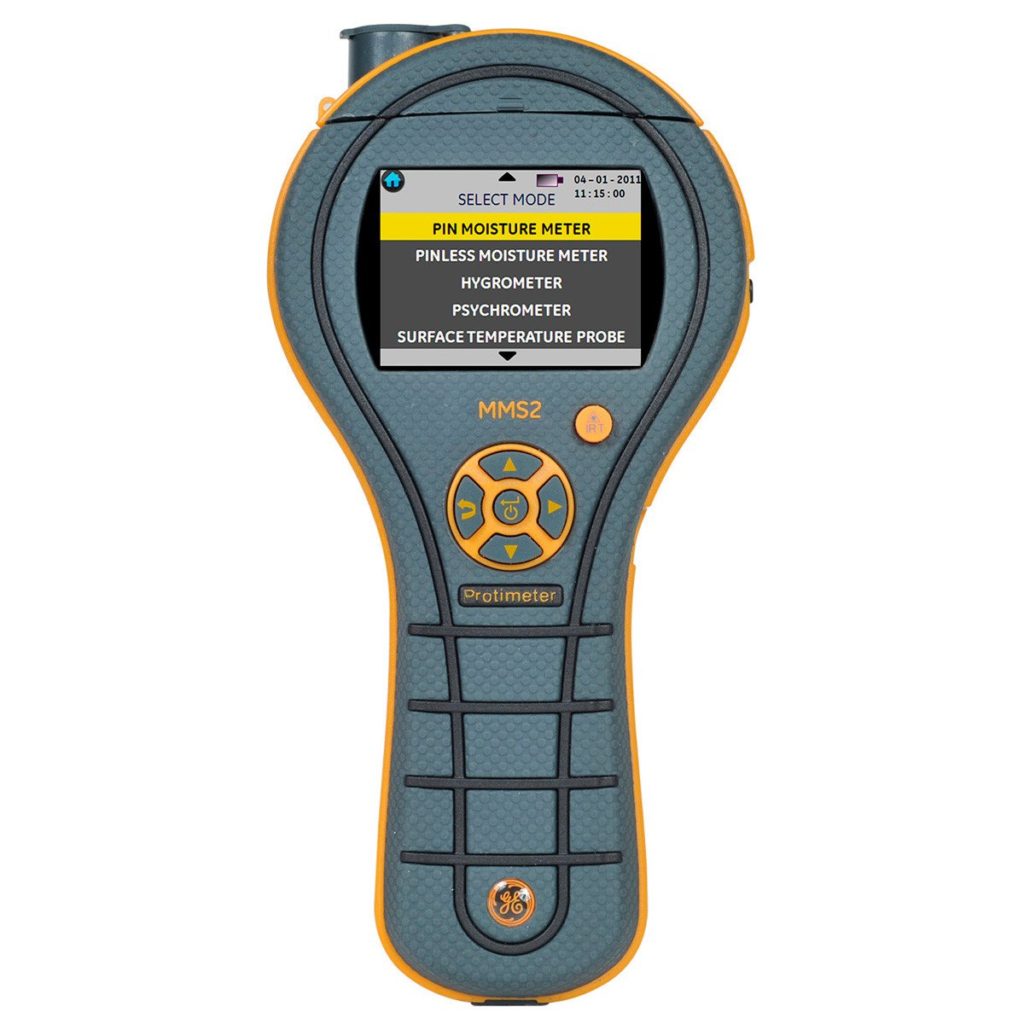When surveying and monitoring the cause of a  mould and condensation issue, do you use relative humidity or dew point as the key determining factor as to why the issues are forming in the specific area? Or both?
mould and condensation issue, do you use relative humidity or dew point as the key determining factor as to why the issues are forming in the specific area? Or both?
Relative Humidity above 70% RH is commonly accepted as the rule of thumb for where mould colonies starts to form on a plastered wall surface, however; the point in which condensation forms on a surface is determined by the dew point level (surface temperature) not the relative humidity level.
For example, a property could be maintained at a very high relative humidity level (above 70% RH) but the surfaces within the property could be maintained above the dew point level so no condensation. This could occur in a newer property where it’s particularly well insulated throughout.
In contrast, it is possible to have much lower relative humidity levels within a property, say for example 60% RH and the walls could be actively condensing as the surfaces are below the dew point level. This normally occurs due to cold bridging. The effect of this is normally easier to see in the colder winter months when using a Hygrometer (including dew point calculation) and a surface temperature gun.
On the flip side, moisture within the air is still an important factor. We know that warm moist air will naturally migrate to the cooler parts of the property and we should always mitigate the issue with this in mind by removing the warm moist at the source. As we remove water vapour either at source from an extract fan or through dilution from a positive input ventilation system both relative humidity and the dew point level drops. This means that the property can sustain lower surface temperatures before the moisture condenses out of the air on to the surfaces.

So, when the season is upon us please bear the dew point level in mind as well as relative humidity and consider using this within your whole property inspection and monitoring thereafter.